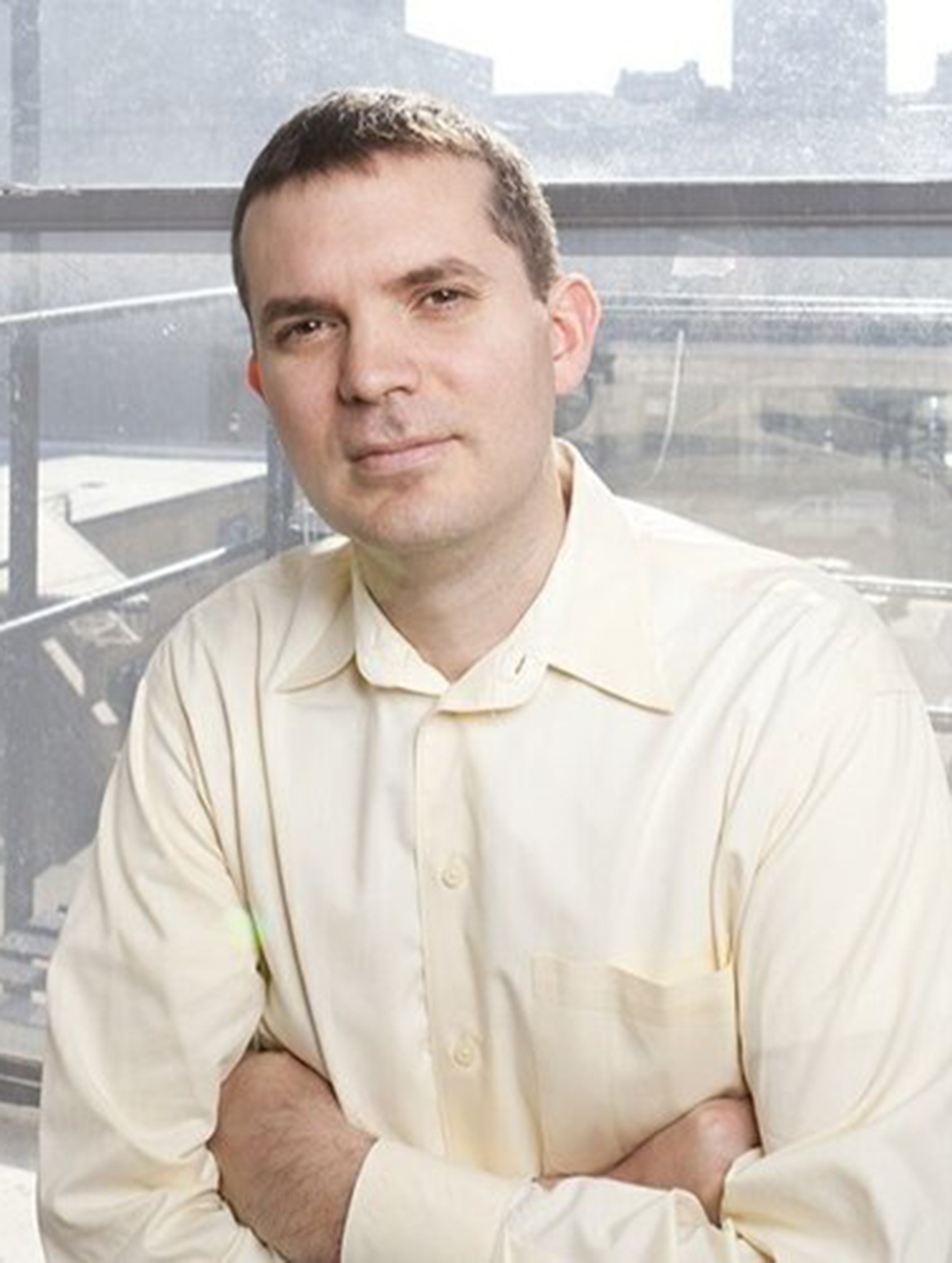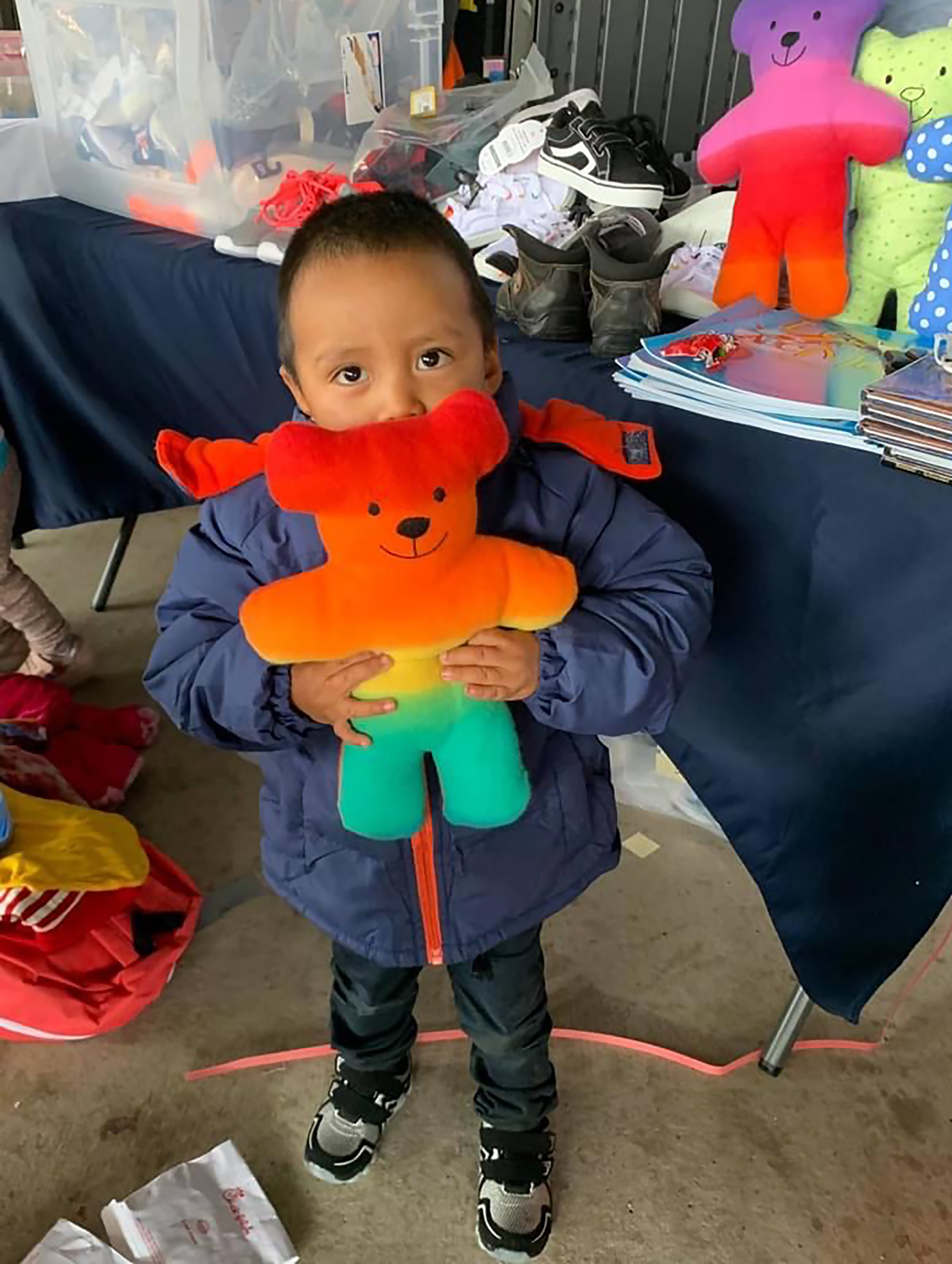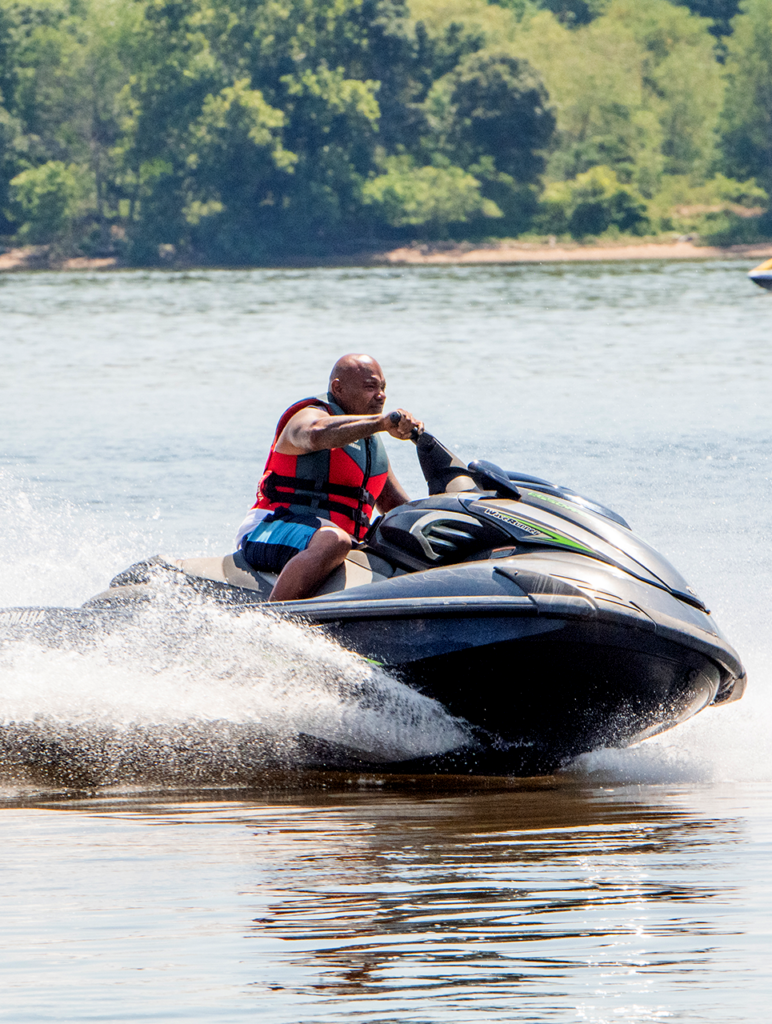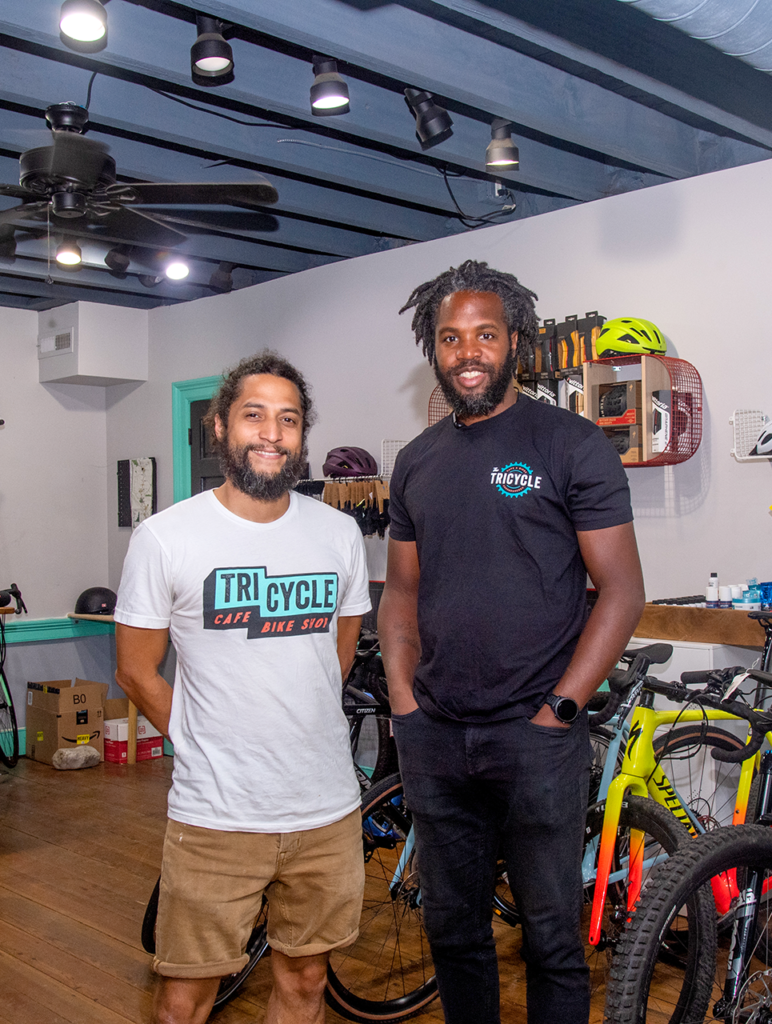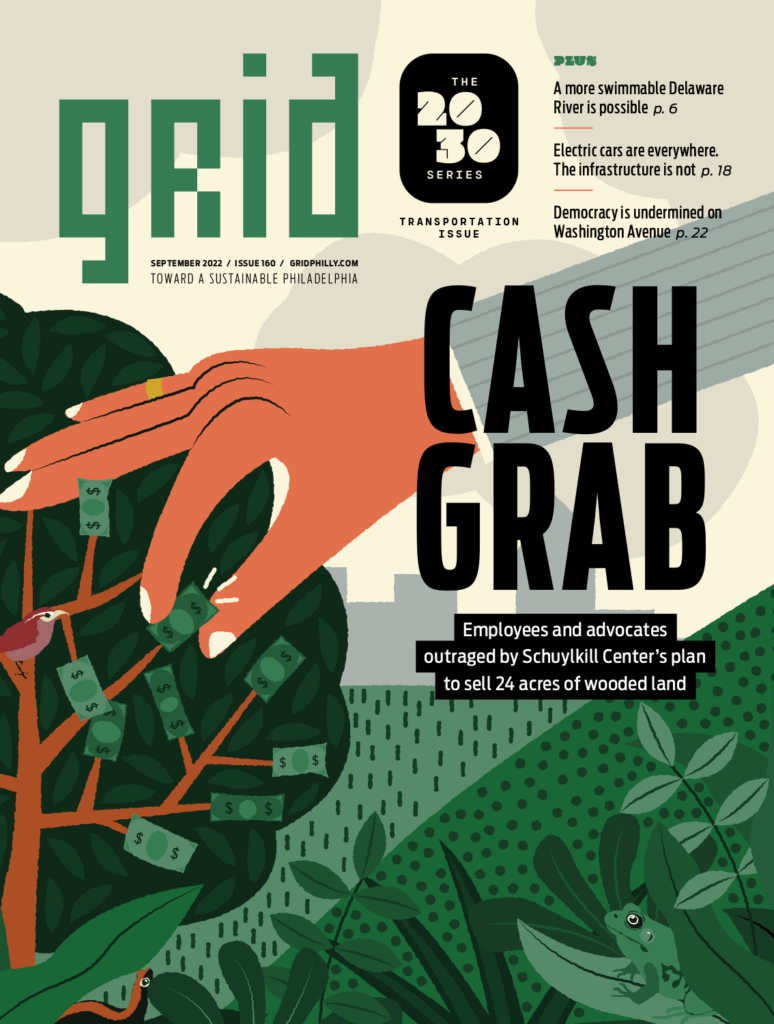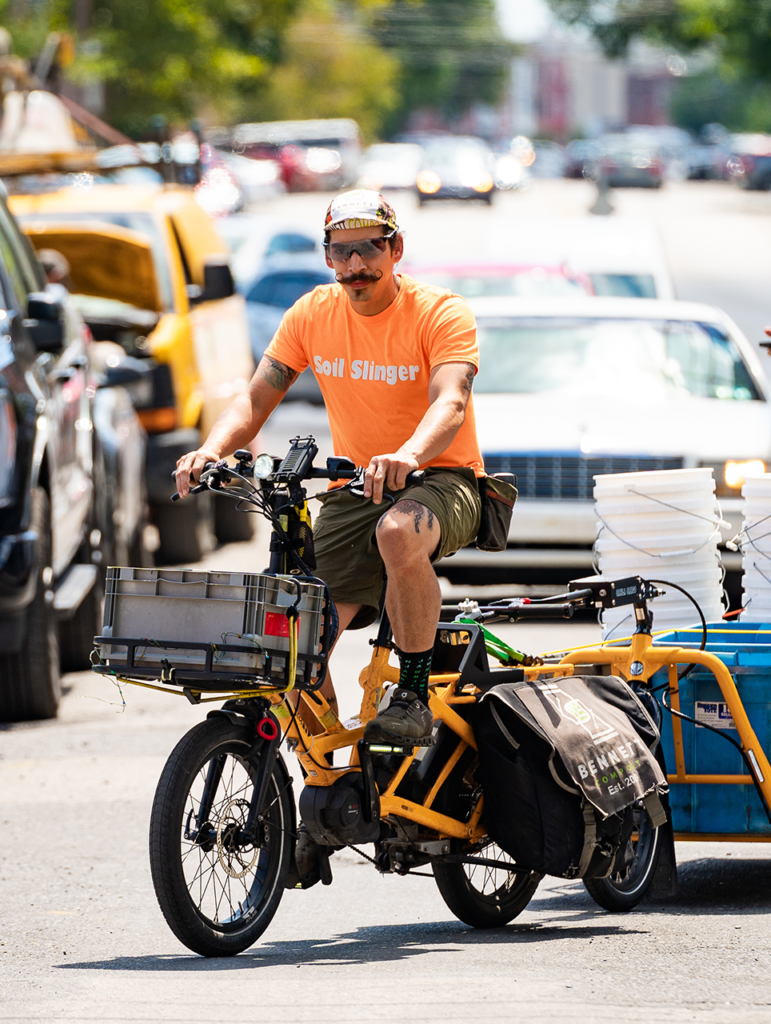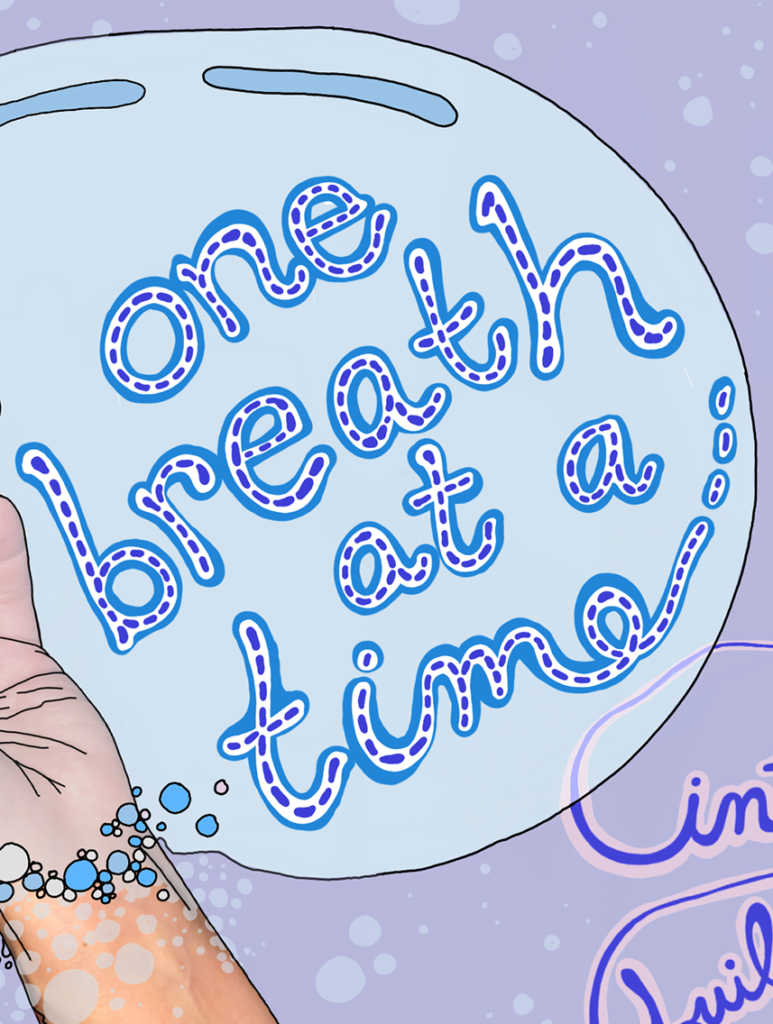
Once a year, police officers standing in front of barricades block my usual commute to work. The street, Spruce, is closed from 34th to 38th streets, to allow University of Pennsylvania students to move into their dorms. Upon seeing them, and realizing I’m going to be delayed, I mutter a few choice words. I understand why they would want to close it to car traffic, but do they really need to close it for cyclists, too?
Part of what I feel is jealousy, because the world stops for the families of Ivy League students. But upon dismounting and walking for a bit, it dawns on me that, hey, it’s only a five-minute delay, and aren’t these just kids with butterflies in their stomachs and parents with lumps in their throats trying to navigate the next chapter in their lives? Let them have some space.
Wouldn’t it be great if at school drop-off time every parent and child felt that safe and cared for? Imagine what it would be like if everyone had that base level of fear (which, unfortunately, often expresses itself in rage) removed from their lives?
When the redesign of Washington Avenue was spearheaded by the Philadelphia Office of Transportation, Infrastructure and Sustainability (OTIS), the day-to-day safety for pedestrians, cyclists and motorists was their primary goal. If you have walked, biked or driven on the avenue, the prospect of a redesign would likely be welcome.
But not by all. Oppositional arguments were made that this road fills an important role for evacuations, and that pushing the traffic off of Washington will just put it somewhere else, potentially making residential streets less safe.
Yet the argument that seems to have the most emotional force behind it is the fear of gentrification, and rightly so. It is a crime when people are forced from their homes — as they currently are at University City Townhomes — by greed. The dearth of affordable housing in this city is a crisis and a moral failure. People should feel safe on the streets, yes, but they should also feel secure that they aren’t going to be put out on them. Pitting these two human needs against each other is a false choice. We can and should have safe streets and housing security.
This false choice misses the biggest threat to us all: climate change. Looking at the weather forecast, the first three days of school are predicted to be in the 90s. In Philadelphia, on-road emissions increased 9% between 2006 and 2019. How many more 90-degree days do we need until we realize that the status quo must change on Washington Avenue and everywhere else?
Sure, electric cars will reduce air pollution — especially if it is supplied by renewable energy — but we need to radically rethink our streets. The much maligned “road-diet,” the elimination of lanes on a road to improve safety, only scratches the surface. We need our roads to go on a starvation diet.
We need fewer cars, less concrete and more trees in a city that is getting hotter and hotter. Housing security and safe streets are not mutually exclusive, but car culture and sustainability are.
A big thank you to Daniel Kaye, who this month has submitted his 100th “MILO K, hermit crab” cartoon. It always makes me smile and it’s the first thing my son reads in the magazine each month. Let’s do 100 more!

Alex Mulcahy, Editor-in-Chief


